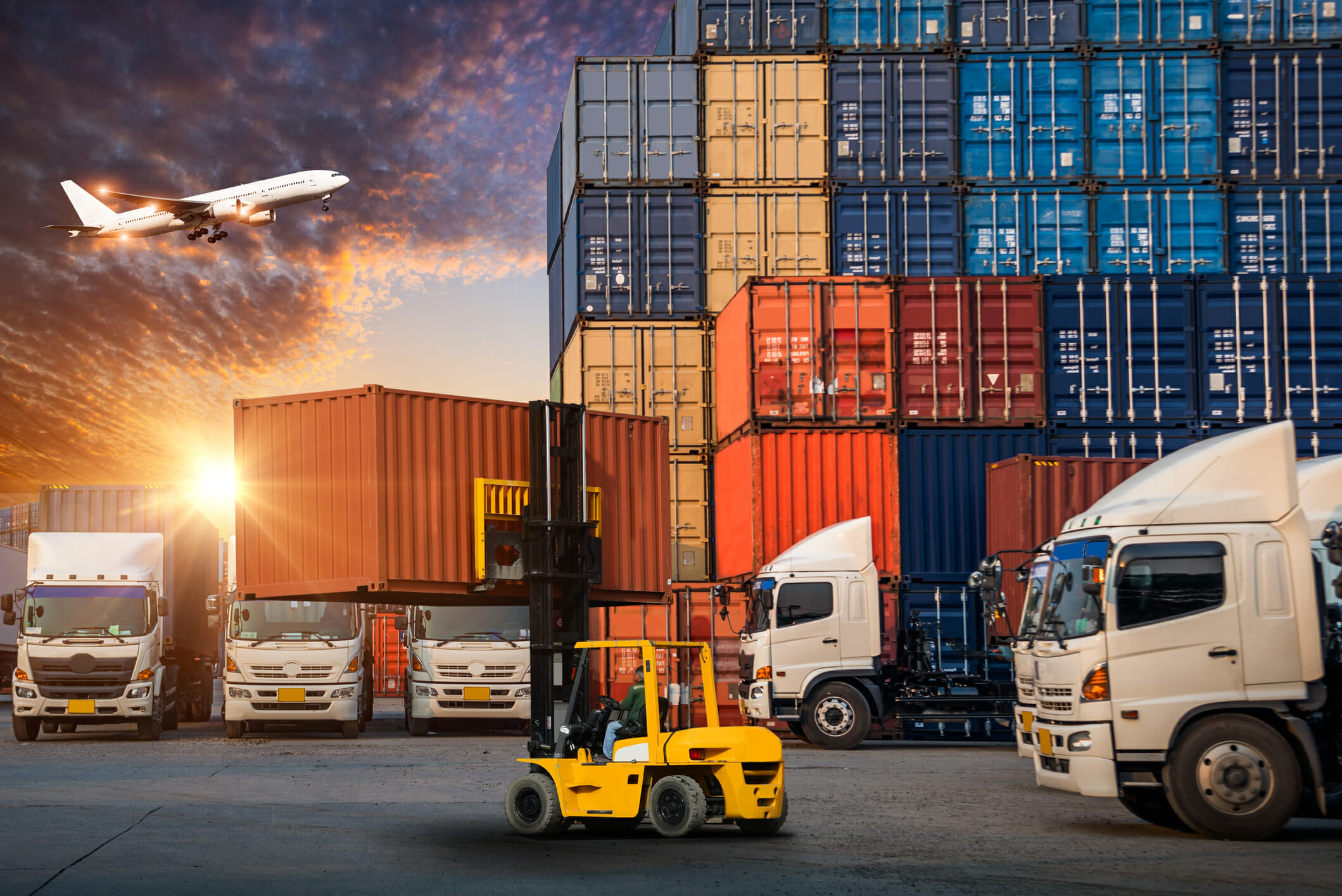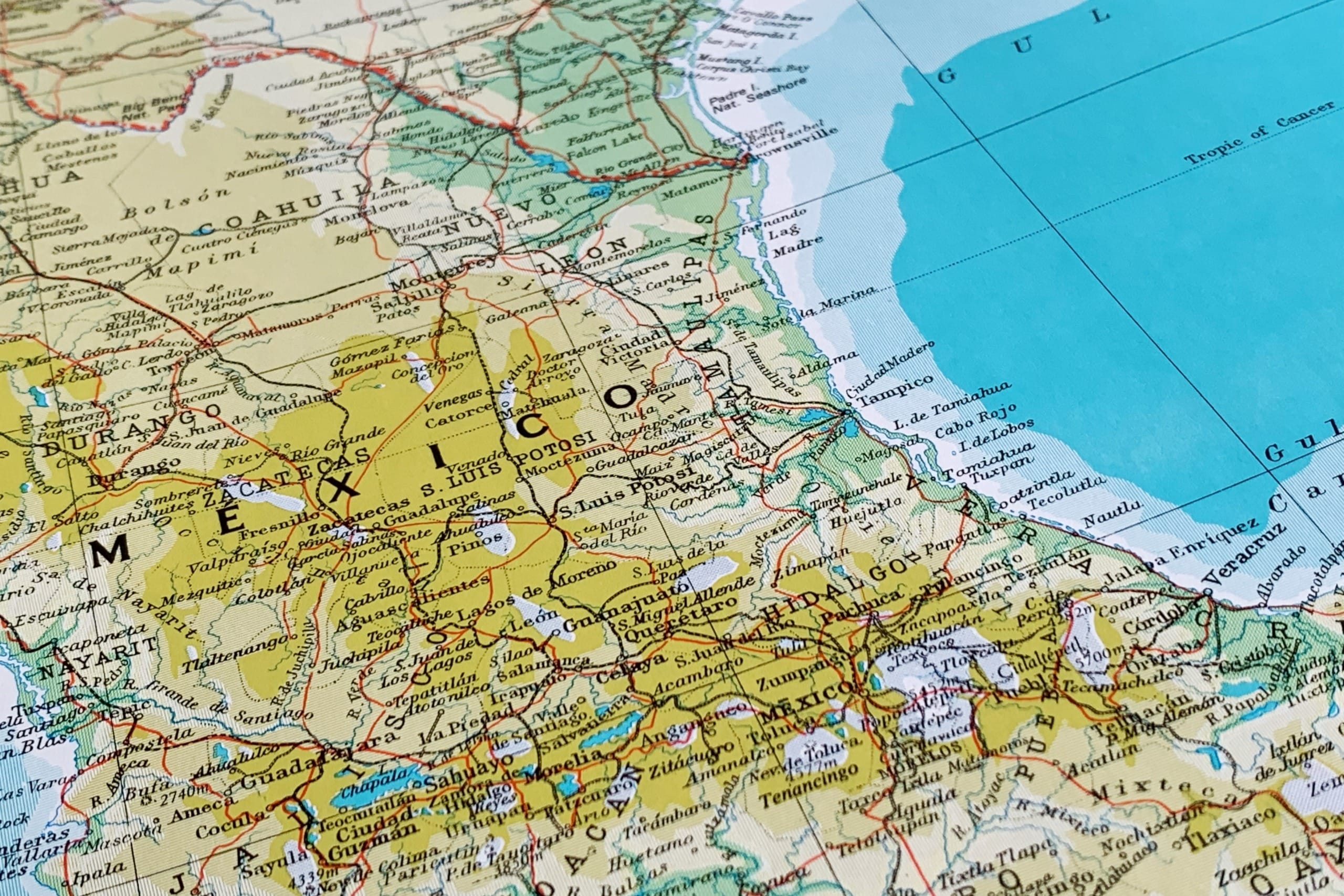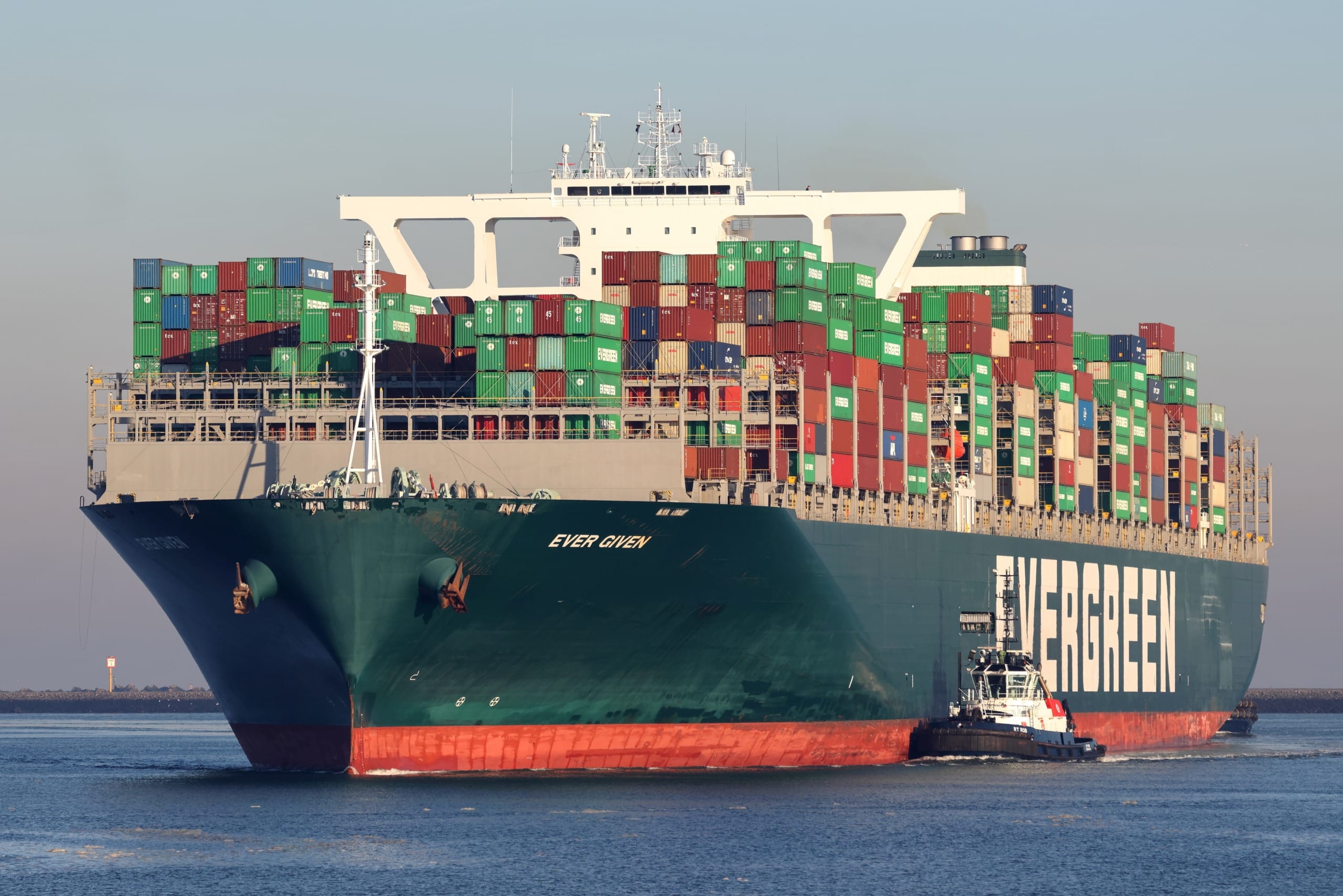
What makes a resilient supply chain? This is an important question that companies have had to ask as weaknesses in global supply chains have been exposed due to the COVID-19 pandemic. Relying too heavily on one country as a single source for manufacturing has been, a common vulnerability in many supply chains. Analyzing supply chain resilience and considering alternatives to manufacturing in China has become a critical exercise globally in a post-pandemic era.
WHY DO RESILIENT SUPPLY CHAINS MATTER?
When factories began shutting down in China as a result of the pandemic, many of the businesses that relied on them as an integral part of their supply chain found themselves floundering. Without overseas manufacturing alternatives or a backup plan, the disruption was felt by multiple industries. With China as a factory to the world, this critical link in the supply chain resulted in catastrophic consequences. This has been increasingly apparent as supply chains – specifically in China – have been disrupted by the US-China trade war with political tension, along with the COVID-19 pandemic creating a perfect storm of disruption. As the adage suggests, a supply chain is only as strong as its weakest link.
While there are several factors that impact supply chains there are not always clear answers or quick fixes. Resilient supply chains with established alternative manufacturing sources are essential for sustaining long-term success in business.
WHAT MAKES A RESILIENT SUPPLY CHAIN?
Resilience, or a supply chain’s ability to withstand disruption, having a “resilient” supply chain is more than just the ability to respond to a crisis – it is a culmination of effective planning, monitoring for potential disruptions, and adapting to shifting circumstances and consumer demand. Global supply chains are complex networks that require all systems to function properly. Supply chain management is an invaluable discipline requiring analysis, flexibility, forecasting and planning, and constant strategizing if companies want to adapt to distortions in supply and demand.
A large part of this process is finding ways to diversify networks and create options from multiple suppliers rather than relying on a single source. This is like a fortification of individual links in the chain. While it may have once seemed unnecessary to plan for and establish multiple sources for a single link in the supply chain, it is now a default practice for soundly run businesses.
ESTABLISHING MANUFACTURING ALTERNATIVES
While there are many ways to fortify a supply chain and containing costs such as establishing inventory buffers, forecasting demand, and design for manufacturing (DFM) – setting up alternatives for overseas manufacturing and network diversification is perhaps the most important. China has been the leader as an overseas manufacturing destination for years now. Moving manufacturing away from China could be seen as a sizable challenge for many firms. However, there are alternate destinations throughout Asia and elsewhere that are able to meet demand, each with unique benefits. Countries such as India, Taiwan, Thailand, and Vietnam have all burgeoned as viable manufacturing options. Weighing the options between maintaining a China supply chain versus moving elsewhere is a critical decision to consider. The best sourcing companies and sourcing agencies in Asia are able to swiftly pair businesses with factories and partners in both China and these alternate countries.
Supply chain management consultants and sourcing agents have become critical when outsourcing manufacturing to Asia given their ability to provide localized knowledge and experience.
Resiliency in supply chains is derived from a holistic understanding of the nature of supply chains and the global landscape. When we can’t travel to Asia, having a domestic partner on the ground may be the model of the future.
Contact Us





Follow Us